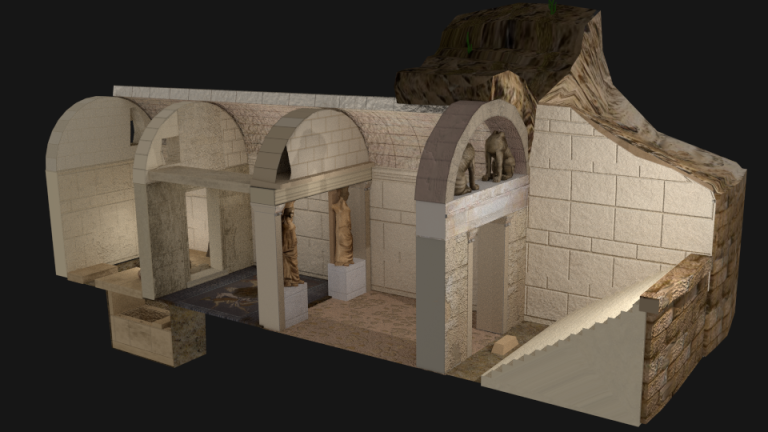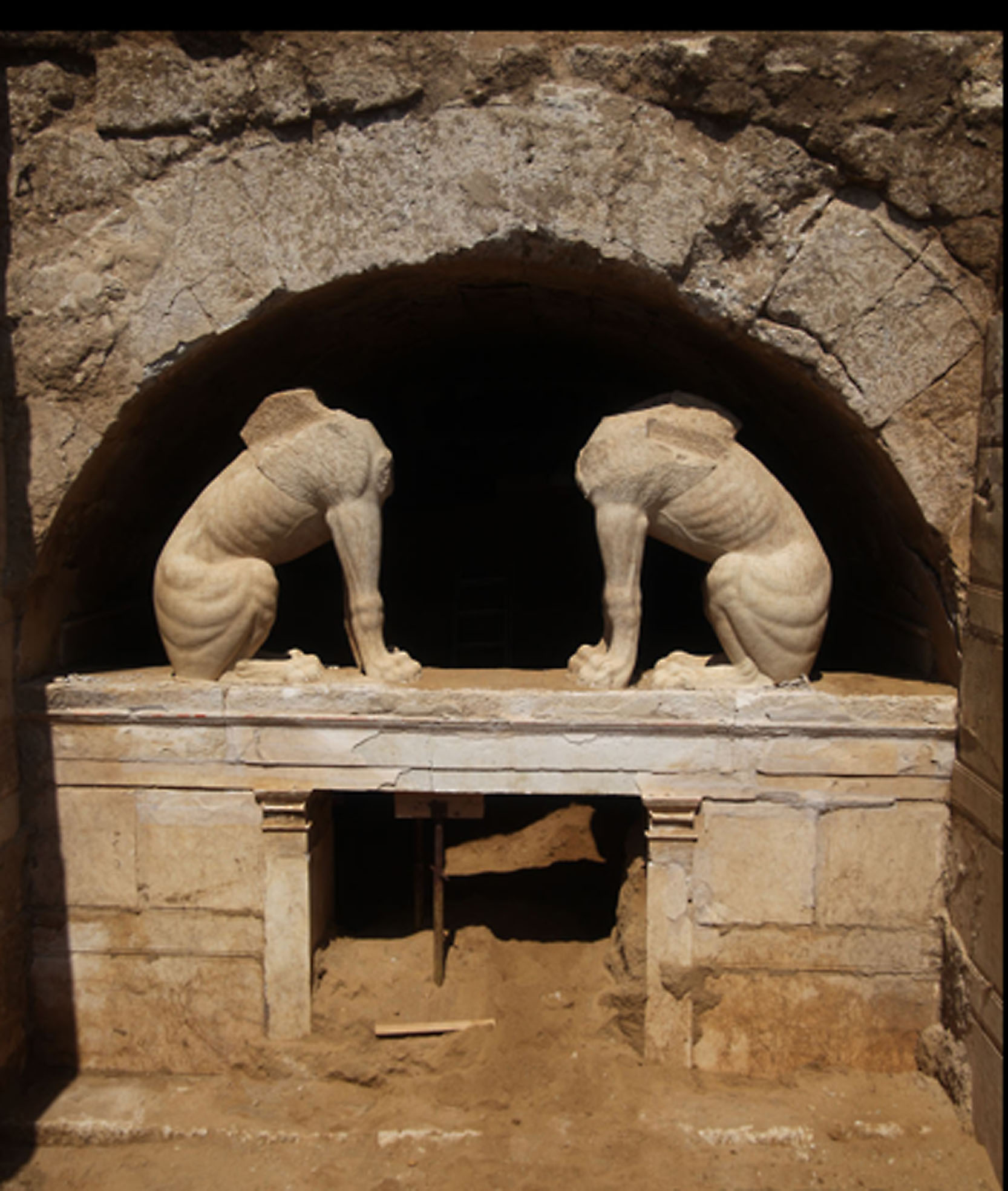
The Kasta Tomb – The Mystery of Amphipolis That Continues to Fascinate
A unique burial monument in the global archaeological landscape
The Kasta Tomb is not just another archaeological find. It is one of the most impressive and enigmatic burial complexes ever discovered in Greece—and perhaps in the entire world. Located in the heart of ancient Amphipolis, near the Strymon River, this hill hides centuries of history, mystery, and glory.
Its discovery shocked the scientific community and sparked public interest, as the findings reveal an exceptionally meticulous construction, with unique architecture, rich decoration, and an identity—still unknown to this day—of the person or persons buried there.
The excavation that captivated Greece and the world
Excavations began revealing the Kasta Tomb in 2012, but it was in 2014 that the most spectacular discoveries came to light. The entrance to the burial complex, the imposing sphinxes, the caryatids, the mosaics, and the circular enclosure made of Thassian marble all testify to a monument of exceptional significance.
Archaeologists date its construction to the last quarter of the 4th century BC—shortly after the death of Alexander the Great. This has led to numerous theories about the identity of the deceased. Possible suggestions include Roxana and Alexander IV (Alexander’s son), Olympias, or a high-ranking figure of the Macedonian court.
What the monument includes – Architecture and discoveries
The entrance to the Kasta Tomb is adorned with two sphinxes guarding the monument’s secret. Further inside, two marble caryatids “welcome” the visitor with grace and strength. The impressive mosaic depicting the abduction of Persephone reveals not only artistic value but also deeper symbolic meanings.
The circular enclosure of the burial monument, with a total length of 497 meters, is unique in its kind. The architectural elements indicate…
Is the Kasta Tomb open to visitors?
As of now (2025), the interior of the tomb is not yet open to the public. However, visitors can access the surrounding area, view the tomb’s perimeter enclosure, walk along the path around it, and observe its external features.
Official announcements refer to a planned opening in the future, with the intention of creating a visitable archaeological park. Meanwhile, the Archaeological Museum of Amphipolis, just a short distance away, exhibits important findings from the site, offering full historical and cultural context.
A symbol of culture and national identity
The Kasta Tomb, like the Lion of Amphipolis, stands as a living symbol of Macedonian heritage. Its grandeur, architectural significance, and the aura of mystery that surrounds it make it a point of attraction for scientists, tourists, and history enthusiasts alike.
The region around Amphipolis is gradually becoming one of Greece’s most important archaeological and cultural destinations, attracting visitors from all over the world.

Why is it worth visiting?
Even without access to the interior, visiting the Kasta Tomb offers a unique experience. Its imposing presence, combined with the atmosphere of the area and its proximity to the Lion of Amphipolis, the museum, and the Strymon River, creates an excursion full of meaning, history, and emotion.
Whether you are an archaeology enthusiast or simply traveling through Eastern Macedonia, the Kasta Tomb is a landmark well worth seeing up close.

